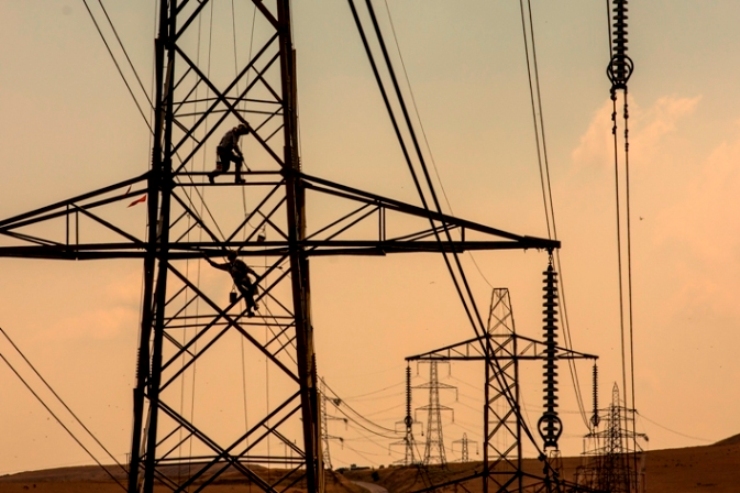The Union power ministry has targeted to add 17,500 ckm of transmission lines per year to the National Grid, over the next three years.
This information was given by Union power minister R.K. Singh in the Rajya Sabha during the ongoing Winter Session of Parliament.
It was also stated that about 80,000 MVA of transformation capacity would be added each year over the next three years.
 As of October 31, 2021, the National Grid included 4,50,552 ckm of transmission lines and 10,71,506 MVA of transformation (substation) capacity. This gave interregional transfer capacity of 1,12,250 MVA. It is independently learnt that Power Grid Corporation of India Ltd (PGCIL) accounted for over 80 per cent of this transfer capacity. The National Grid consists of interstate as well as intrastate transmission lines of voltage 220kV or higher.
As of October 31, 2021, the National Grid included 4,50,552 ckm of transmission lines and 10,71,506 MVA of transformation (substation) capacity. This gave interregional transfer capacity of 1,12,250 MVA. It is independently learnt that Power Grid Corporation of India Ltd (PGCIL) accounted for over 80 per cent of this transfer capacity. The National Grid consists of interstate as well as intrastate transmission lines of voltage 220kV or higher.
Discussing the growth in the National Grid over the seven years, the information revealed that while transmission lines grew by nearly 55 per cent, transformation capacity has more than doubled while interregional capacity has more than trebled. (See table).
The expansion in the National Grid has facilitated seamless transfer of power from power surplus regions to power deficit regions and thus optimizing the use of generation resources as well as meeting the demands of end consumers without any transmission constraints. It has also assisted growth of renewable energy based capacity, it was stated.
India today has one of the largest synchronous grids in the world and the country has achieved “One Nation-One Grid-One Frequency” status.
Also read: Power Transmission Projects Worth Nearly Rs.16,000 Crore Approved
It may be recalled that in early 2014, the Southern Region was connected to the National Grid, enabling seamless and synchronous (same frequency of 50Hz) transfer with the other regional grids – north, east, west and northeast. Till then there was synchronous exchange of power between all regions except south. Transfer to southern region then took place asynchronously, at a frequency of 60Hz through HVDC lines.
Featured photograph (source: nationalgrid.com) is for representation only



